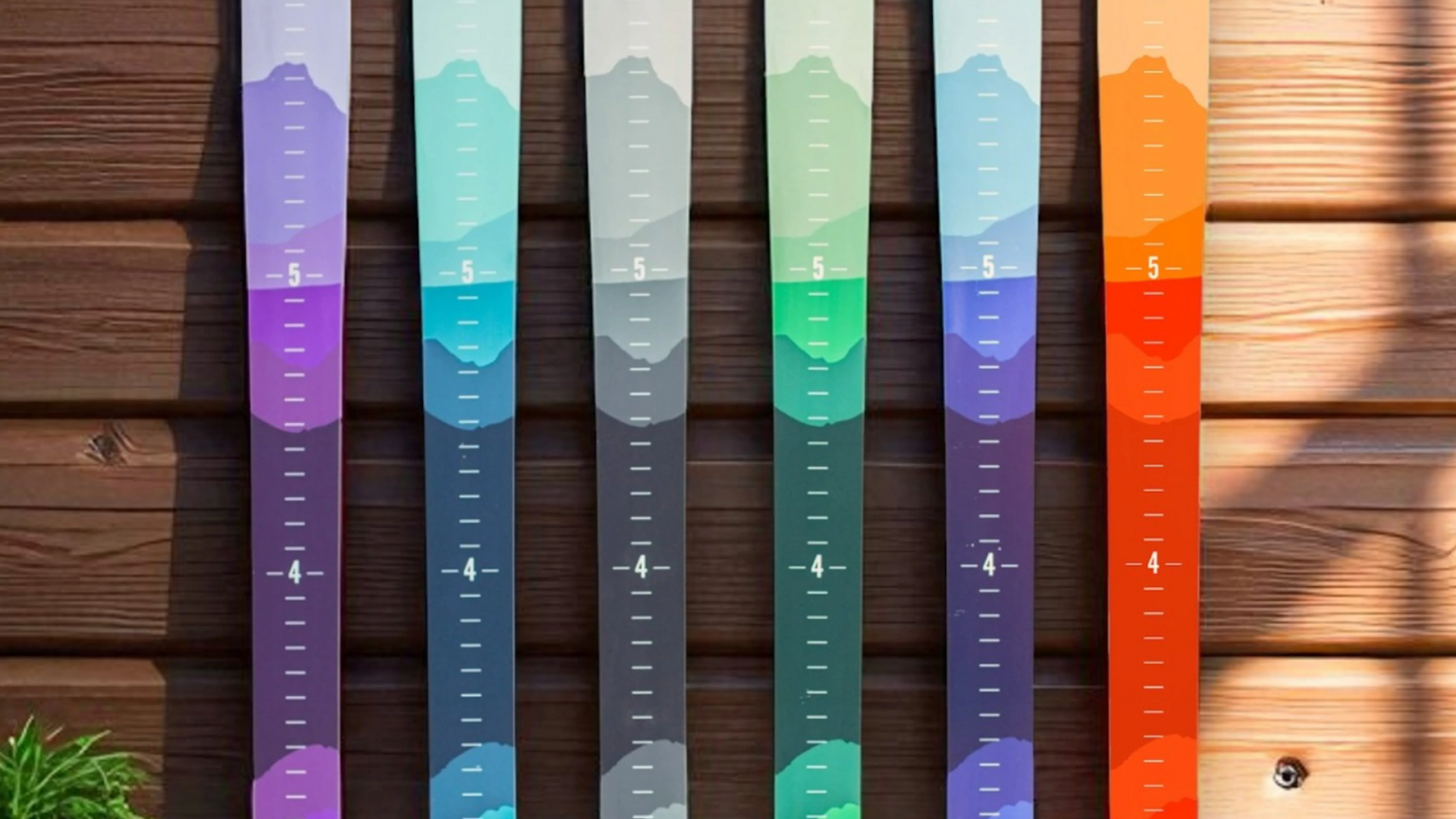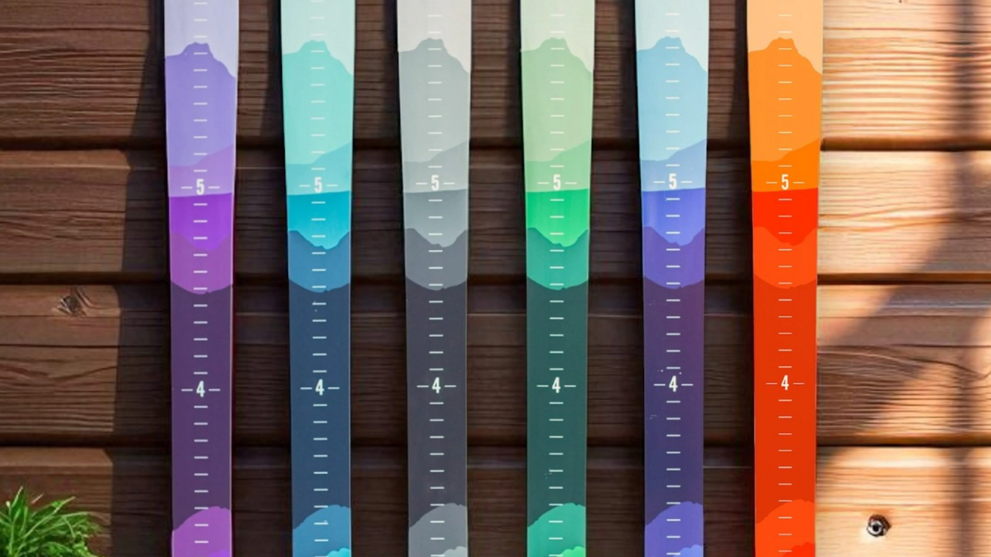Key Takeaways:
- Average Heights for 12-Year-Olds: The average height for a 12-year-old boy is about 58-62 inches, while for a girl it's around 59-63 inches, but individual growth varies widely.
- Factors That Play Into Height: Genetics, nutrition, and sleep are key factors influencing a child's height at age 12, with each playing a significant role in their growth journey.
- Growth Is Unique: Growth charts and percentiles provide a useful guide, but they're not definitive; every child's growth is unique and not a cause for concern unless other health issues are present.
Let’s talk about something we’ve all wondered at some point while watching our little ones grow inch by inch: How tall should a 12-year-old be? If you’re anything like me, you’ve probably stood there, ruler in hand or eyeing the doorframe notches, marveling at how fast time slips by. One minute they’re toddling around, the next they’re towering over the kitchen counter, raiding the snack cabinet.
At Headwaters Studio, we get it. We’re all about celebrating those milestones, big and small, with beautiful, eco-friendly wooden growth charts that turn fleeting moments into lifelong heirlooms.
In this article, we’ll get into the numbers, the stories, and the heart behind those measurements, and figure out together where your 12-year-old stands in this big, beautiful world.
Understanding Growth Spurts At Age Twelve
Age 12 is a pivotal moment, a crossroads of childhood and adolescence, where the question of “what is the average height for a 12-year-old” becomes a frequent Google search for many families.
At age 12, the average for boys hovers around 58 to 62 inches (4’10” to 5’2”). Girls typically fall between 59 to 63 inches (4’11” to 5’3”). These numbers aren’t set in stone, as genetics, nutrition, and even activity levels play their part in this growth saga. Some kids might shoot up early, hitting their peak before their peers, while others lag, only to catch up in a dramatic spurt by their mid-teens. It’s less about hitting an exact mark on a height measurement chart and more about understanding that every kid’s journey is a unique storyline.
Growth spurts at this age aren’t just about inches gained; they’re a messy, beautiful collision of hormones and awkwardness. One month, your 12-year-old might be tripping over their own feet, adjusting to longer limbs; the next, they’re outgrowing every pair of jeans in the closet. It’s a time of transformation, where the body is rewriting its own code, and no two kids follow the same script. So, while those average height numbers give us a benchmark, they’re just a starting point in a much bigger adventure.
What Is The Average Height For A 12-Year-Old?
At 12, kids are in that wild, unpredictable stage of preteen growth, where one day they’re still your little buddy and the next they’re towering over the kitchen counter.
A boys growth chart can help measure your child to remember and mark these growth milestones. Girls, on the other hand, often hit their growth spurt a bit earlier. Of course, these are just benchmarks from the Centers for Disease Control and Prevention (CDC) growth data, as every kid is on their own unique trajectory. Some might be late bloomers, others might shoot up like they’ve got rocket fuel in their sneakers.
Now, if you’re the type who loves a visual, a height measurement chart can be your best friend. These charts, often used by doctors and parents alike, plot out percentiles to show where your child stands compared to their peers. If your 12-year-old is in the 50th percentile, they’re right at the average. Below that, they might be on the shorter side; above, they’re stretching toward the sky.
Factors That Influence Height At Age Twelve: Genetics, Nutrition, Sleep
If you’re wondering how tall a 12-year-old is, the answer isn’t necessarily a one-size-fits-all number; it’s a messy mix of factors, each playing its own role in shaping a kid’s journey upward. At this age, the story often starts with the blueprint they’re born with, layered by the choices and circumstances around them.
Genetics
First up, genetics. This is the unchangeable code, the inherited script passed down from parents to children. If Mom and Dad are on the taller side, there’s a decent chance their 12-year-old will be stretching toward the top of the height measurement chart. But it’s not a guarantee; genetics is more like a suggestion than a rule. Siblings can vary wildly, with one shooting up early and the other taking their sweet time. Studies suggest that height is about 60-80% hereditary, but that leaves plenty of room for other influences to sneak in.
Nutrition
Then there’s nutrition, the fuel for the growth engine. Without the right materials, progress slows. Diets rich in protein, calcium, and vitamins (think dairy, leafy greens, and lean meats) can help a kid reach their full potential height. On the flip side, chronic malnutrition or even just a junk-food-heavy diet can stunt growth, sometimes permanently. So, when parents ask what the average height is for a 12-year-old, part of the answer lies in what’s on the dinner plate night after night.
Sleep
Finally, sleep. During those deep, dreamy hours, the body releases growth hormone, the magic elixir that tells bones to stretch and cells to multiply. For a 12-year-old, experts recommend 9-11 hours of shut-eye per night, but in a world of screens and late-night scrolling, many fall short. Skimp on sleep, and you might be shortchanging height, too. Quality and quantity matter in this sense. A restless night won’t cut it when the body’s trying to build a taller tomorrow.
Growth Chart Percentiles Explained In Simple Terms
If you’re looking at a height measurement chart for your kid, and it’s got numbers like 50th percentile, 75th, or even 10th. What does it mean? Simply put, percentiles tell you how your child’s height stacks up against other kids their age. If your 12-year-old lands in the 50th percentile, they’re right in the middle of the pack; half of kids their age are taller, half are shorter. If they’re in the 75th percentile, they’re taller than 75% of their peers. Easy, right?
But here’s where it gets personal; percentiles aren’t a report card. They’re just data points on a spectrum of normal. Boys and girls grow at different rates, and boys might hit a growth spurt a bit later, while girls often shoot up earlier. A boy in the 25th percentile might be shorter now, but could tower over everyone by 15. A girl in the 90th percentile might just be an early bloomer. Growth is a wild, unpredictable journey, and these boy growth charts and girls growth charts are just a map, not the destination.
Final Thoughts
As we’ve explored the question of “how tall should a 12-year-old be”, it’s clear that growth is as unique as the kids themselves. Benchmarks can be helpful, with the average being around 58-62 inches for boys and 59-63 inches for girls.
At Headwaters Studio, we believe in marking milestones in a way that’s as meaningful as the moments and kids themselves. When you hang one of our charts in your home, you’re not just tracking height, you’re building a legacy of memories for your family. Plus, with 10% of our profits supporting child-focused non-profits, every purchase helps shape a brighter future. Let’s create something beautiful together, in an earth-friendly way, one inch at a time.
Frequently Asked Questions About Tracking Growth At Age 12
What is the average height for a 12-year-old?
If you’re wondering, “What is the average height for a 12-year-old?” you’re not alone. At Headwaters Studio, we know families are curious about these milestones as they track their child’s journey with a height measurement chart. On average, a 12-year-old boy stands around 58 to 62 inches tall (4’10” to 5’2”), while a 12-year-old girl is typically between 59 to 63 inches (4’11” to 5’3”). These numbers are just benchmarks; every kid grows at their own pace, and that’s the beauty of watching them sprout up on one of our eco-friendly wooden growth charts.
How does puberty affect height at age 12?
Puberty is the wild card in the growth game. At 12, many kids are either on the cusp of or already riding the wave of hormonal changes. For some, this means a sudden spurt, think of those awkward moments when pants don’t fit overnight. Boys often lag a bit behind girls in starting puberty, so if you’re asking, “How tall should a 12-year-old boy be?” don’t be surprised if he hasn’t shot up yet. Girls, on the other hand, might already be nearing their peak growth if you’re pondering, “How tall should a 12-year-old girl be?” Puberty can add inches fast, but it’s different for everyone. Tracking these changes with a personalized chart from Headwaters Studio makes those leaps a cherished memory.
Are there differences in height between 12-year-old boys and girls?
Yes, there’s often a noticeable gap when comparing a 12-year-old boy and a girl side by side. Here’s the scoop: girls at this age are frequently taller because they tend to hit puberty earlier. A girl might tower over her male classmates temporarily, averaging an inch or two taller. Boys often catch up and surpass in their mid-teens. At Headwaters Studio, we love seeing families celebrate these unique growth patterns with our handcrafted, sustainable charts.
What factors influence a 12-year-old’s height?
Height isn’t just a roll of the genetic dice, though that’s a big player. If you’re asking, “How tall should a 12-year-old be?” consider the mix of factors at play. Genetics set the stage (look at mom and dad’s heights), but nutrition, sleep, and physical activity are the supporting cast. A kid scarfing down veggies and getting solid rest has a better shot at reaching their potential. Health conditions or stress can sometimes slow things down, too. As you mark these milestones on a Headwaters Studio toddler growth chart, you’re not just tracking inches, you’re capturing the story of their unique journey.
How can I tell if my 12-year-old’s growth is normal?
Every parent has that moment of doubt: “Is my kid growing okay?” If you’re wondering about the average height for a 12-year-old and whether your child fits the mold, start with regular checkups. Pediatricians use growth charts to plot height and weight against percentiles; think of it as the ultimate height measurement chart. If your child is consistently in a similar range over time, that’s usually a good sign. But trust your gut. If something feels off, don’t hesitate to ask questions. At Headwaters Studio, we’re all about celebrating every inch of progress with our earth-friendly designs, no matter the pace.
What are the signs of abnormal growth in a 12-year-old?
It’s natural to worry if your child seems way off the curve when you’re asking, “How tall should a 12-year-old be?” Signs of abnormal growth might include a sudden halt in gaining height, growing much faster or slower than peers over a long period, or physical symptoms like fatigue or pain that don’t add up.








